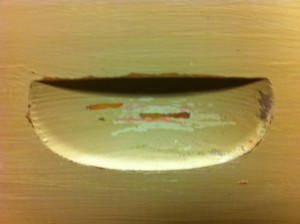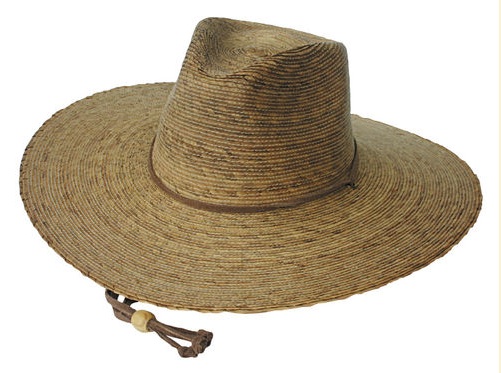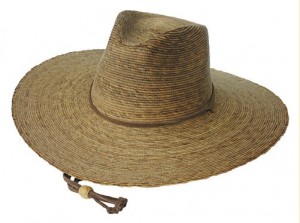Like the new logo? I think it’ll be more printer friendly…for t-shirts and business cards. I like it. As you know, Reader, I like things clean and simple.
Jerod and I are working on a new website, too. Clean and simple. Soon, you’ll be able to buy some awesome TwoHoneys t-shirts there. And a coffee mug. And a bumper sticker (really, I have no plans for coffee mugs or bumber stickers, but I might). And eventually…wait for it…wait for it…honey! And other cool things created by my bees and by my friends.
More importantly, I hope the website will lead Cincinnatians to TwoHoneys Bee Co. when they find swarms of bees or when they have honeybees sharing their homes with them.













